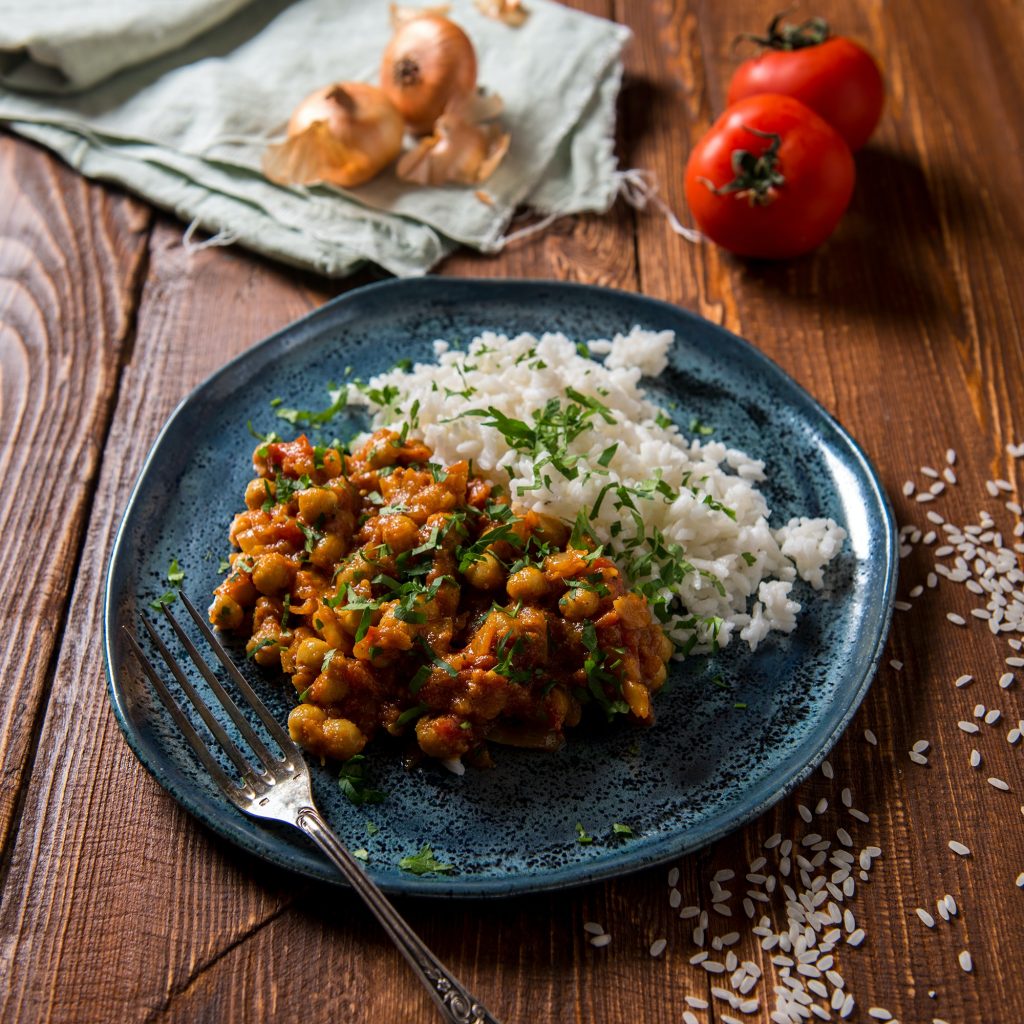One of the most common questions that I received after following a plant-based diet get is, “How do you get enough protein?” It’s an understandable question – our bodies do need protein. Proteins are what builds muscle, and are used in the repair of body tissues. The slow digestion of protein makes it an important factor in avoiding blood sugar swings.
The amino acids that make up proteins are essential for healthy skin, hair, nails, and certain body functions, such as hormone production and tissue repair. However, some experts say that we over-emphasize protein as a dietary necessity, and that most omnivorous people actually consume more protein than they need.
The concept of the “complete protein” has been challenged in recent years. In the past, nearly all the experts agreed that vegans and vegetarians needed to take care to combine proteins at their meals in order to get the proper amount of protein – beans with rice, for instance.
These days, though, the emphasis tends to be more on variety rather than specific food combinations. It is said that “incomplete” proteins actually combine with existing amino acids in the body, and therefore need not be combined on the plate.
Then vegans, vegetarians and those following a plant-based diet, do need to be more aware of meeting their protein needs than their omnivores friends. There are multiple ways to do that, and here are some suggestions.
Food Combinations
Some experts still maintain that combining foods to make complete proteins is important. If you are in this camp, consider planning your meals around these complete protein food combinations:
- Beans and brown rice
- Legumes and whole grain pasta
- Legumes and nuts
- Corn, beans and rice
Soy
Soy is a complete plant-based protein. It contains all the essential amino acids and is a complete source of nutrition, making it an excellent dietary option for those who follow a plant-based diet or vegan lifestyle. Tofu, tempeh, soy milk, tofu burgers, soy nuts and soy protein powders are some of the most widely consumed soy foods.
High-Protein Vegetables and Fruits
Some plants are naturally high in protein by themselves. High-protein fruits and vegetables are some of the most healthful foods you can eat. They’re also high in fiber, vitamins, and minerals. Some of the best protein-rich fruits and vegetables include avocados, lentils, beans, seeds and nuts.
Ideas to Get You Started
If you are new to plant-based eating or just want some new menu ideas, it’s helpful to plan out some meals to make sure you are getting the balance and variety necessary for good health. Here are some menu ideas built around plant-based proteins.
1. Breakfast: Scrambled tofu, fresh orange, whole grain bread spread with tahini
2. Lunch: Corn tortilla with refried beans and flavored rice, apple
3. Dinner: Cooked kale, lentil soup, whole grain bread or muffin, nuts (on the side or sprinkled on the lentil soup)
These are just some ideas to help get you started. Make your weekly shopping list and menu accordingly, and you may soon find that a balanced diet comes naturally.


